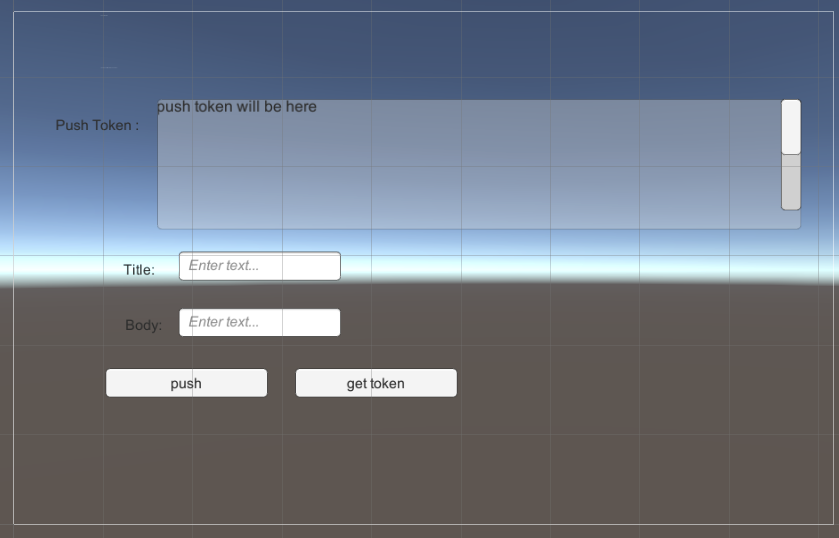Push Service
The Push Service provides a message push channel from the cloud to the terminal. By integrating Push Kit, you can push messages to client applications in real time, build good user relationships, and improve user perception and activity.
For more information, you can click the following link to reach directly:
Push Service config
To integrate with Push service:
Open the OpenHarmonySDKKitsSettings window.
Fill in the common configuration include
client_id,app_id,Bundle Name.Check the Push Kit.
-
Click on
Open Sceneto open the demo scene with the interface integrated, and operate each function in the scene.
Check the Push Kit
Push Service demo scene
To open the Push Service demo scene in the Tuanjie Editor: OpenHarmonySDKKits > OpenHarmonySDKKitsSettings > Push Kit > Open Scene.
In common application push scenarios, push messages should be sent by the server and received by the application. In order to demonstrate the entire push process, we have built-in the function of sending push messages in the demo. - If you do not have a server, you can use the functions in the demo scene to experience the complete functions of sending and receiving push messages. - If you have a custom server, you can use your own server to send messages. In this case, the demo scene can also only receives messages.

The functions of Push and their calling interfaces are as follows:
| Area | Description |
|---|---|
| Title | If you do not have a server, you can input title of push message then click push to simulate sending a message. |
| Body | If you do not have a server, you can input body of push message then click push to simulate sending a message. |
| Push | Click to push a message while title and body have been filled. |
| Get Token | Click to get push token. |
| Push Token & Log | The relevant log and push token will be displayed here. |
Export and build
To run the demo on the OpenHarmony devices:
- Open the OpenHarmonySDKKitsSettings window.
- Make sure
client_id,app_idandBundle Namehave been filled correctly. Make sure Push Kit have been checked. - Open the Build Settings window.
- Switch to OpenHarmony platform and check Export Project.
- Export project.
- Open the exported project in DevEco, build and run on OpenHarmony device.